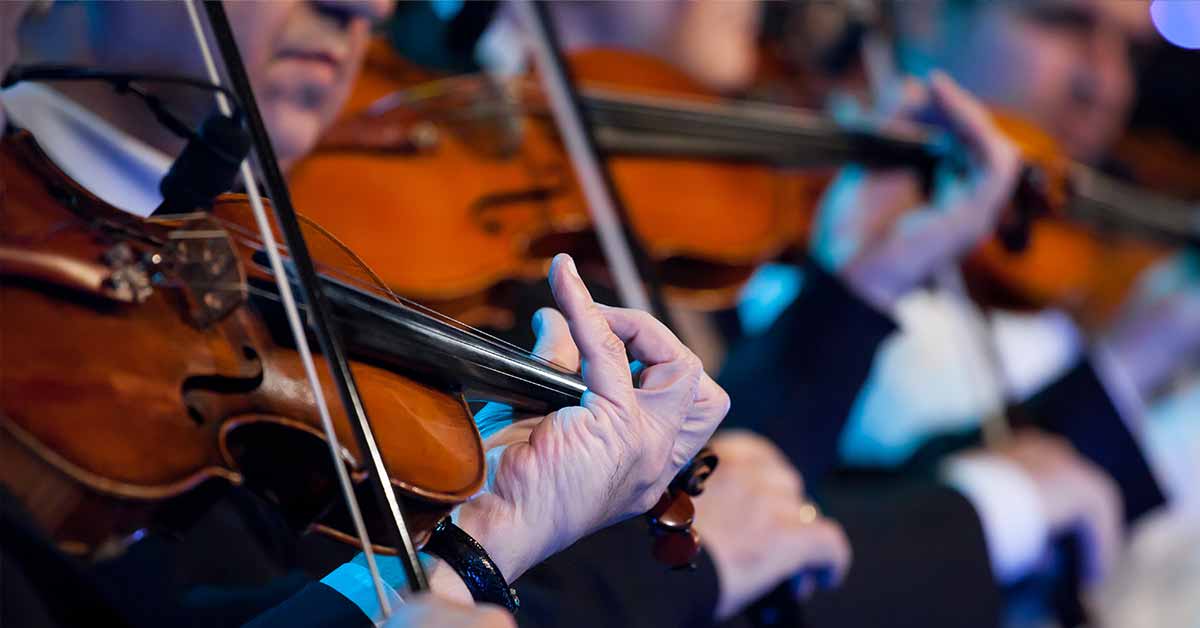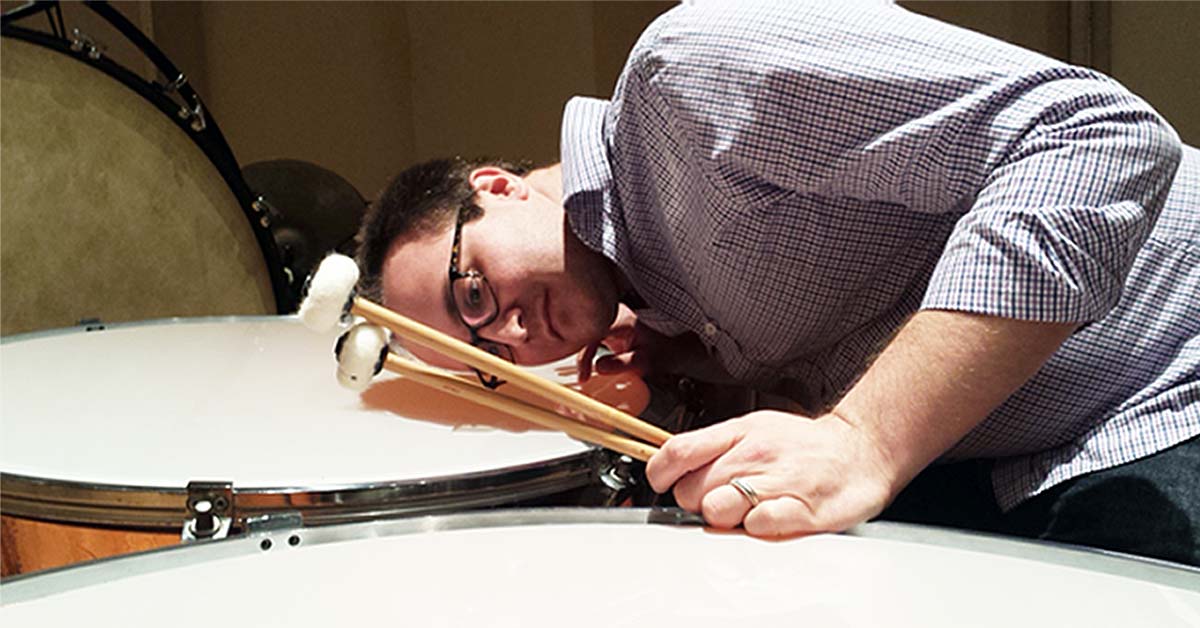There’s a battle raging along the front lines of classical music over the use of recorded and synthesized music to replace live musicians, particularly those who perform for ballets and musicals. Of course, the war itself is very old; musicians have long fought against technological advancements which threatened their livelihood.
At the early part of the 20th century, it was radio and phonographs which began to displace live musicians and even today, recorded music continues to be used in that capacity. However, the most recent participants in the war are “virtual orchestra” machines, a complex series of networked computers and sound modules with an alphanumeric, mouse, and midi keyboard interface. The preprogrammed musical score is reproduced via a “tap” feature that allows the device to follow a conductor’s beat pattern. Additional details about “virtual orchestra” machines are available in an article published here at The Partial Observer from April, 2004.
Over the past year, this latest series of battles has produced advances and losses for both sides. The musicians have made significant advancements by securing a ban on the use of “virtual orchestra” machines in three major U.S. markets which thrive on live music: New York City, Las Angeles, and Washington D.C. In all three of those cities, the American Federation of Musicians (AFM), who represent the musicians in each of those locations, have successfully negotiated agreements preventing the use of “virtual orchestra” machines replacing live musicians with all of the key venue owners and theatre managers.
On the other side of struggle, large organizations such as the Pittsburgh Ballet Theatre (PBT) and Cablevision’s Radio City Music Hall “Christmas Spectacular” are using recordings of orchestras for their performances.
In both cases, the musicians are fighting within the parameters of the National Labor Relations Act (the Federal law overseeing these issues) to rectify the situations. In Pittsburgh, the PBT’s board determined midway through contract negotiations with the musicians that they would simply not use live music for their entire 2005-2006 season. In NYC, Cablevision and the AFM were also in the midst of delicate contract negotiations when, just before the opening of the show’s preview performances, the president of Radio City Entertainment, Jay Marciano, told a reporter from 1010 WINS radio that he thought the union was “greedy'” and warned “there are new synthesizers that can recreate orchestras,” producing “canned music” for anything from “Silent Night” to the Rockettes high-kick tunes.
In Pittsburgh, the PBT has paid a price for eliminating live musicians from their productions in the form of lower ticket sales and unfavorable media coverage. As such, the PBT endured a backlash from patrons who felt that the use of recorded music in place of live musicians was false advertising given that the organization had always used live music in the majority of their past productions. Many patrons contacted the PBT and local media outlets to express their frustration over having to pay the same ticket price for what many characterized as “less product”.
In NYC, the annual “Christmas Spectacular” official commenced their performances on Friday, November 4th so ticket sales figures are currently unavailable. The “Christmas Spectacular” webpage only mentions the use of recorded music on a single page buried within the website which states,
“This year’s show will be set to a world-class musical score, recorded by a 55-piece orchestra and heard through the most advanced sound system available. This year’s version of the Christmas Spectacular will be the biggest and best ever.”
However, the New York Times reported that Cablevision’s decision to use a recorded orchestra in lieu of live musicians is a first in the show’s 73-year history. Whether or not patrons will feel this decision justifies the same ticket price is yet to be seen.
Unfortunately, these recent campaigns in the war over the use of live or recorded/synthesized music are unlikely to bring the conflict to an end. All the same, it does force the larger discussion of the value of live music in performing arts productions into the larger realm of cultural conversation. If those involved in the creation of classical music wish to see the public realize that live musicians play an indispensable role in the performing arts, then they’ll promote every opportunity they can to encourage those discussions.










